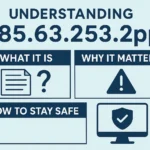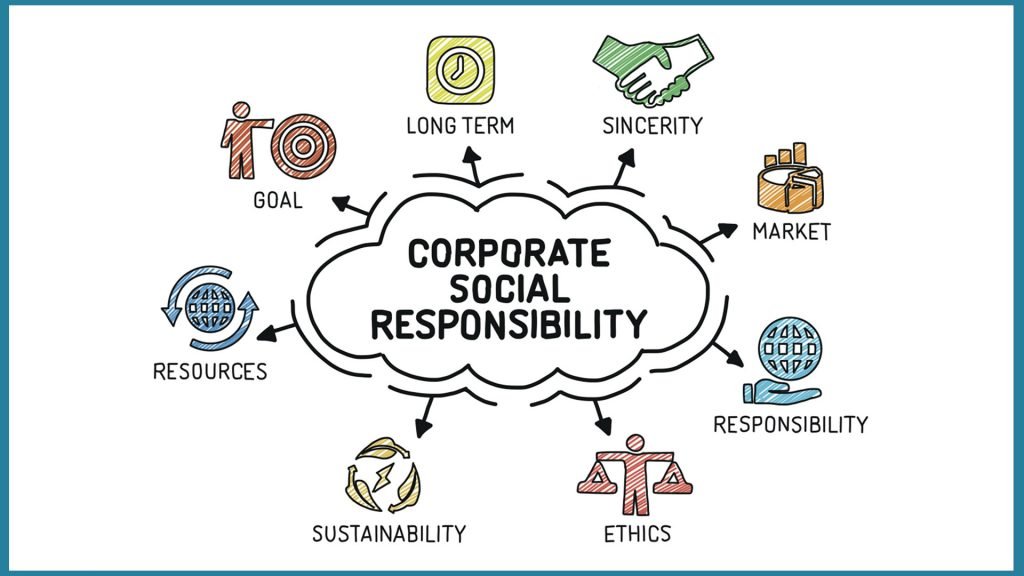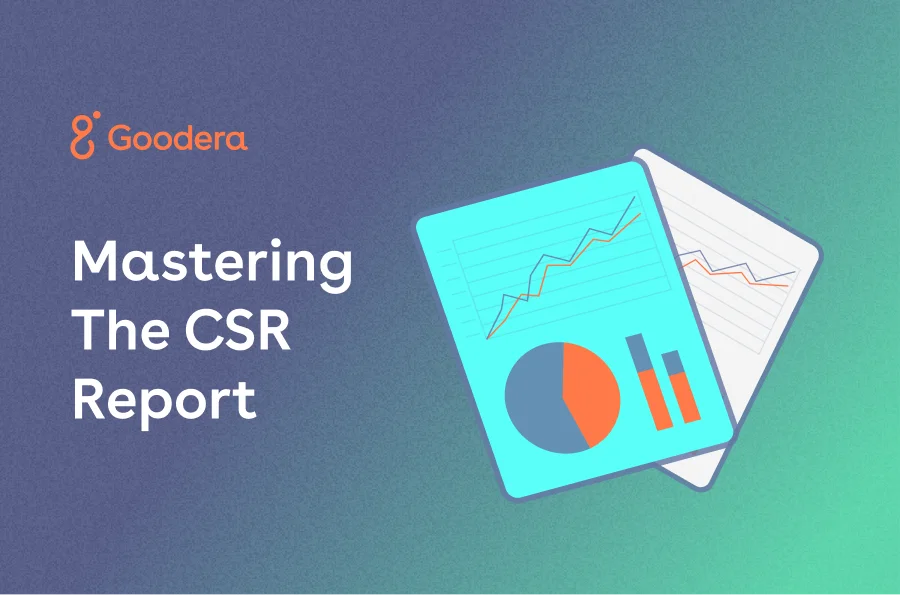In the era of shortened URLs and QR code-driven marketing, links like adsy.pw/hb3 often spark curiosity—and sometimes concern. Whether you stumbled upon it in a promo, received it in a message, or learned about it secondhand, this guide walks you through:
- What this type of link typically represents
- Why companies use them
- How to confirm whether it’s legitimate or not
- Best practices for navigating shortened URLs
What Is “adsy.pw/hb3”?
“adsy.pw/hb3” is a shortened web address, often used in digital marketing and social media to redirect users to a longer, more complex URL.
The domain “adsy.pw” suggests it belongs to a promotional or affiliate marketing service—likely used to track clicks, conversions, or campaign performance.
The added path “/hb3” might indicate:
- A specific campaign (e.g., “HB3” promo or code)
- Content personalized for a user or landing page segment
- A QR code redirect or timed promotion
Shortened links like this are efficient for print materials, social sharing, and reducing the visual clutter of long URLs.
Why Do Companies Use Shortened Links?
There are several reasons:
1. Compactness & Convenience
Shortened URLs are easier to include in tweets, flyers, emails, or QR codes without overwhelming users with cluttered addresses.
2. Tracking & Analytics
Each click on the link can be tracked—when it happened, where it came from, and how often. This helps marketers measure campaign performance or affiliate payouts.
3. Dynamic Redirects
Business owners can change the destination URL behind a short link even after distribution—ideal for managing promotions or swapping landing pages mid-campaign.
4. Branding & Campaigns
Unique path endings like “hb3” can signal specific promotions, making it easy to know which link got the response.
Is the Link Safe to Click?
Shortened links can be perfectly safe—or potentially risky. Here’s how to evaluate:
✅ Indicators of Safety:
- The link comes from a trusted sender or official communication, like a recognizable brand or partner.
- You received it through a secure channel (verified email domain or official social media profile).
- It leads to a business or website you know (a known retailer, your bank, a webinar host).
⚠️ Red Flags:
- You found it in unfamiliar emails, comments, or forums.
- The link redirects you to a login page asking for sensitive information unexpectedly.
- You get unsolicited messages like “Click this to win!” or “Verify your account now.”
How to Check Where a Short URL Leads
🔎 Option 1: Use a Link Expander
Tools like URL unpackers or link expanders fetch the full destination address without visiting it. This helps ensure it’s safe before clicking.
🛡️ Option 2: Open in Private/Incognito Mode
This limits tracking cookies and keeps your device less exposed. Be cautious if the page tries to download or access personal data.
⚙️ Option 3: Use a URL Scanner
Websites like VirusTotal or SafeBrowse let you paste the full destination and get a security analysis of the page.
Common Uses of adsy.pw Links in Legitimate Campaigns
These links are often used in campaigns such as:
- Email marketing and newsletters—tracking who clicks through the message.
- Social media ads or influencer content—tagging the campaign via a short identifier like “/hb3”.
- Affiliate referrals or coupon tracking—each affiliate gets a unique link with a suffix code.
- Event promotions—sending attendees to custom RSVP, sign-up, or content download pages.
If you receive this link on a store receipt, event flyer, or official email, it’s likely safe and serving a functional purpose.
Best Practices for Using This Kind of Link
- Verify the Sender: Ensure the link came from a source you trust.
- Guard Your Info: Avoid entering personal or financial details after clicking unless you’re on a verified trusted site.
- Use Link Previews: On mobile platforms, long-press or hover to preview where the link leads.
- Keep Software Updated: Ensure device browsers and antivirus protection are current.
- Use VPN or Secure Browsers: If in doubt, consider enhanced privacy browsing tools.
What Happens When You Visit adsy.pw/hb3?
The flow generally looks like this:
- You click the short link.
- The tracking server logs your click (time, device, IP).
- You’re redirected to the longer destination URL (landing page, product, content, etc.).
- You see the final page—often offering a product, sign-up, download, or tutorial.
This entire process typically takes under a few seconds and is seamless for most users.
Why Safety Matters with Short Links
Because the end destination isn’t visible upfront, malicious actors sometimes misuse short URLs to mask harmful sites. That’s why tools like expanders and scanners are important—they give you visibility into where a short link actually leads before you trust it.
Final Thoughts
The link adsy.pw/hb3 is most likely a legitimate promotional or tracking URL used in marketing campaigns. When sourced from trusted providers or official channels, such links help brands connect with users efficiently. However, like any link on the internet, caution—and basic verification—goes a long way in protecting your privacy and security.
If you’re expecting the link as part of a verified campaign—or hear about it from a legitimate source—it’s generally safe to click after checking its destination. When in doubt, use link-expanding tools and browsers in private mode to stay sure and secure.










